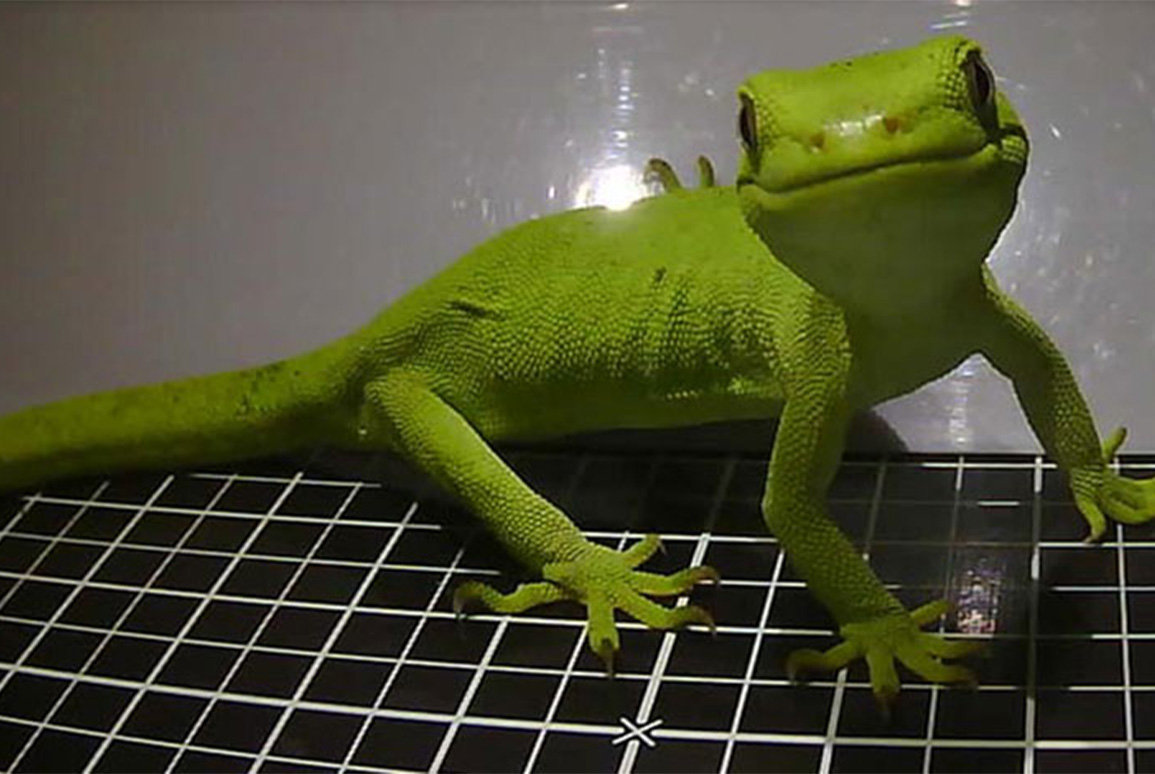Cutting edge technology identifies and monitors wildlife using footprints
26 February 2016
In partnership with Lincoln Agritech Ltd, our ecologists have helped design an electronic animal detection and identification tool which is now in use in Northland forests.

As part of a New Zealand-based research consortium (led by Lincoln Agritech), Boffa Miskell ecologists, Dr Helen Blackie and Katherine Muchna, have assisted in the design and trialling of a novel digital animal detection tool called PAWS (Print Acquisition for Wildlife Surveillance). Cutting edge PAWS technology allows users to detect, identify and monitor wildlife remotely based on their unique body, footprint and weight characteristics which are collected by the unit. The PAWS units also take photos of interacting species and record the time and date of all interactions. Local field trials have been a great success, having a high animal interaction rate and accurate pest species identification. Users can also receive text messages informing them of each animal interaction.
These units are now being trialled by Northland Regional Council (and partners) to monitor the success of a large pest control operation in Warawara Forest, north of Hokianga. The initiative is being supported by the Tindall Foundation as well as direct funding from the Council. Warawara Forest is rated second of all Northland forests for biodiversity, and a ‘jewel in the crown’ of Kauri forests. The forest has deep cultural meaning for Te Rarawa, who especially value the wildlife there, including North Island rifleman, kiwi and forest geckos. The data collected by the PAWS units will be shared with interested community, Tāngata whenua and school groups.
Northland Regional Council rangers have posted a video describing the deployment of the PAWS unit in Warawara Forest.

